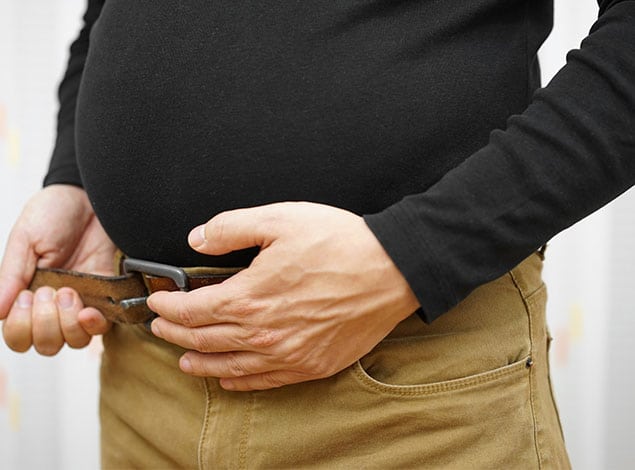
Achieve your weight loss goals with Roux-En-Y Gastric Bypass.
The Roux-en-Y gastric bypass is a type of weight loss surgery offered by our doctors to help you achieve your weight loss goals. This procedure helps you to lose weight by decreasing the size of your stomach. There are two methods that our surgeons can use to perform the surgery.
- The process for the Roux-en-Y gastric bypass begins with a consultation and assessment with our doctors.
- You will have ongoing checkups to monitor the rate of your weight loss after the Roux-en-Y procedure and to make sure that you are getting the nutrition that you need for optimal health.
CONTACT US TODAY
Who Is a Candidate for the Roux-en-Y Gastric Bypass
You may be a candidate for the Roux-en-Y gastric bypass if you have a body mass index that is higher than 40. For the average woman, this means about 100 pounds of excess weight on your body. For the average man, this means about 120 extra pounds of body weight. You might also qualify for the Roux-en-Y gastric bypass procedure if you have a body mass index of 30 to 39 and you also have a medical condition that is worsened by obesity. These medical conditions include type 2 diabetes, arthritis, high blood pressure or obstructive sleep apnea.
Our doctors will weigh you and measure your height in order to determine your current body mass index. Our weight loss surgeons will also ask you about your past weight loss attempts and your general health status. You must also be willing to make a lifetime commitment to healthy nutrition and regular exercise as a part of your weight loss journey.


Open Roux-en-Y Gastric Bypass Surgery
One technique that weight loss surgeons use is the open Roux-en-Y gastric bypass surgery. In an open surgery, a single six to ten-inch incision is made into your abdomen in order to access your stomach. The open surgery technique for Roux-en-Y is done if you have had past abdominal surgeries that left behind some scar tissue. The Roux-en-Y gastric bypass surgery involves the placement of several staples in your stomach in order to divide a small pouch away from the main part. That small pouch is then attached directly to the middle of your small intestine. This bypasses most of the rest of your stomach. It also bypasses the top section of your small intestine, which is where a lot of the calories and fat from your food is absorbed.
Laparoscopic Roux-en-Y Gastric Bypass Surgery
The primary technique used by our doctors for Roux-en-Y gastric bypass procedures is the laparoscopic technique. The laparoscopic technique uses a few small incisions. One of the incisions in your abdomen is for a small camera, called a laparoscope. The camera is attached to a long, thin tube. This camera delivers real-time images so that our doctor can see your internal organs. The rest of the Roux-en-Y gastric bypass procedure is performed in the same way as with the open technique. Because the laparoscopic procedure uses smaller incisions, the healing time is faster. The laparoscopic Roux-en-Y gastric bypass also results in minimal scarring.
How the Roux-en-Y Gastric Bypass Helps You to Lose Weight
The Roux-en-Y gastric bypass reduces the capacity of your stomach by about 80 percent. This means that you get fuller much faster. Soon after your surgery, you will only be able to eat about two to four ounces of food at one time. This is compared to the 16-ounce capacity of most adults’ stomachs.
Your intestines will absorb fewer of the calories that you do eat. This means that you both take in and digest fewer calories. As a result, your caloric intake should be lower than your energy expenditure. This deficit is what causes you to lose weight. Your rate of weight loss will be the most rapid during the first three to six months after your Roux-en-Y gastric bypass procedure.
After the Roux-en-Y gastric bypass, you will continue losing excess body weight for about two years, although these results vary. Your weight loss will continue at a slightly slower pace as you make and maintain healthy dietary changes and begin to include regular physical activity in your daily routines. Our doctors can help you to create a healthy eating plan for each stage of your weight loss journey. You will also be given an exercise plan after healing from the Roux-en-Y gastric bypass.
To learn more about this weight loss procedure and the other options that may be available, contact our office today.

